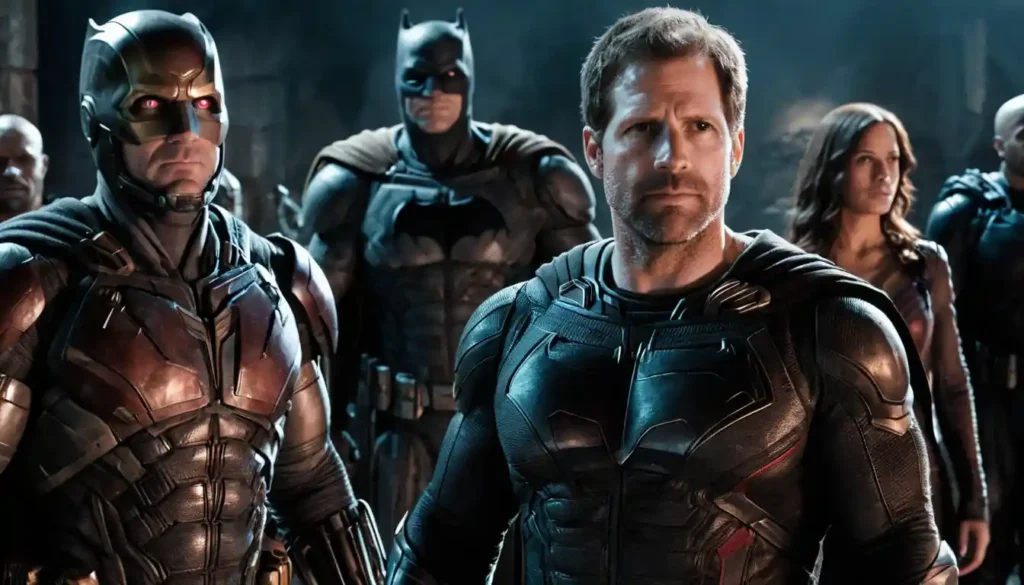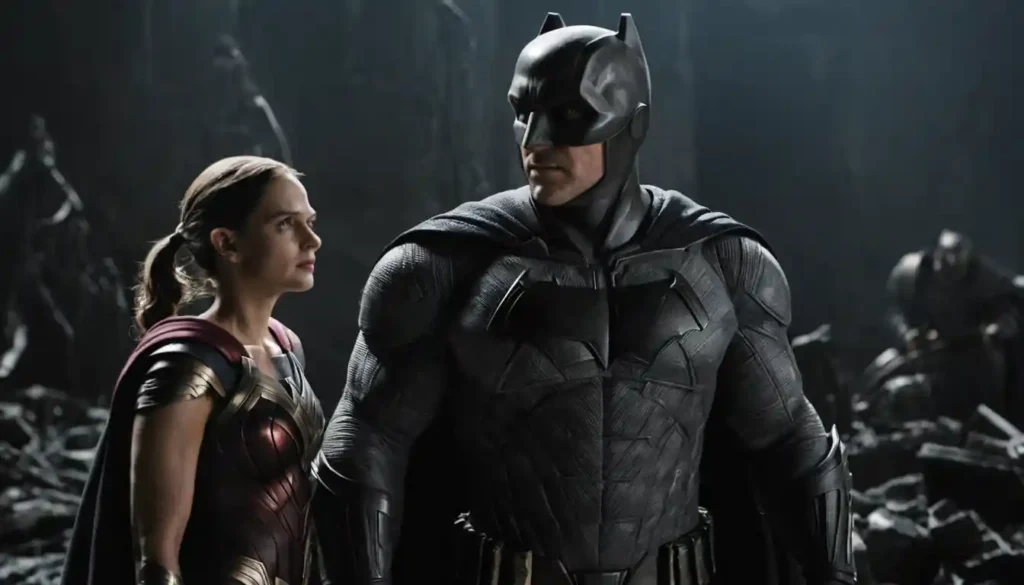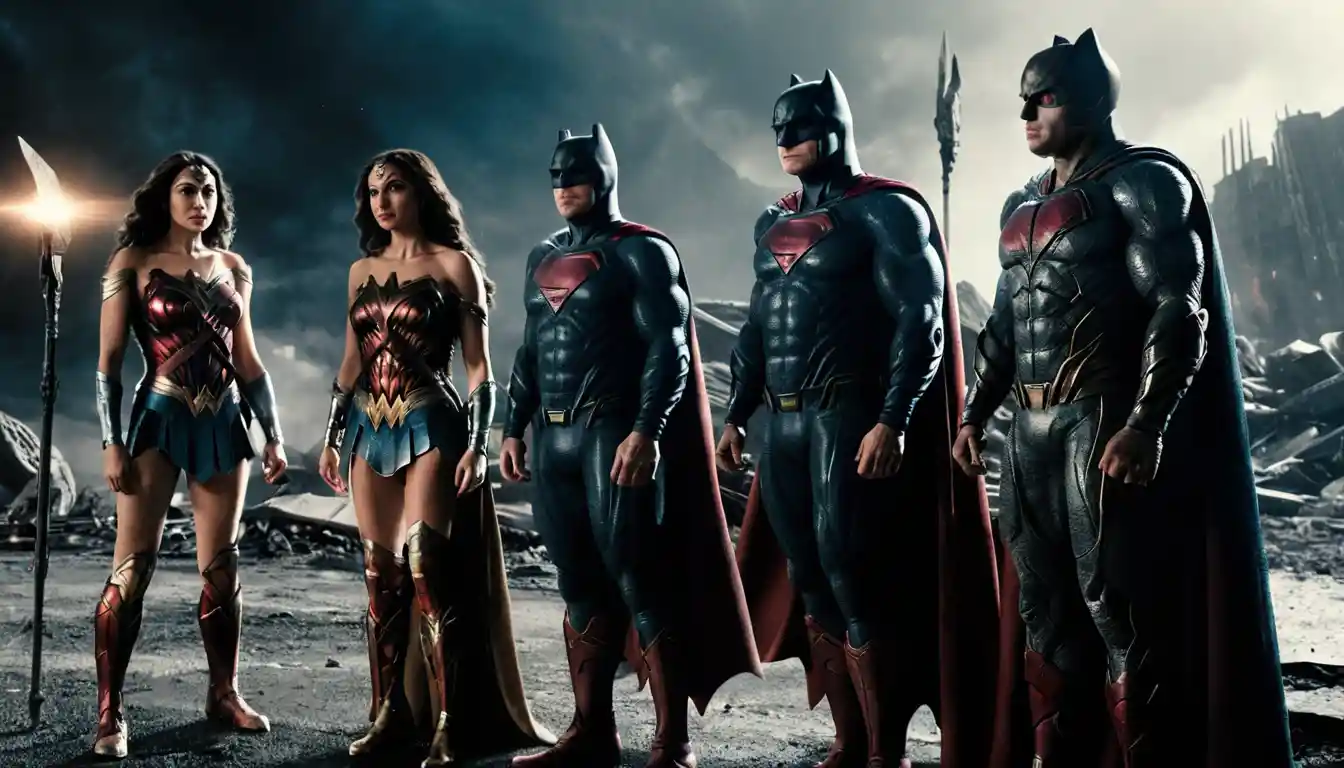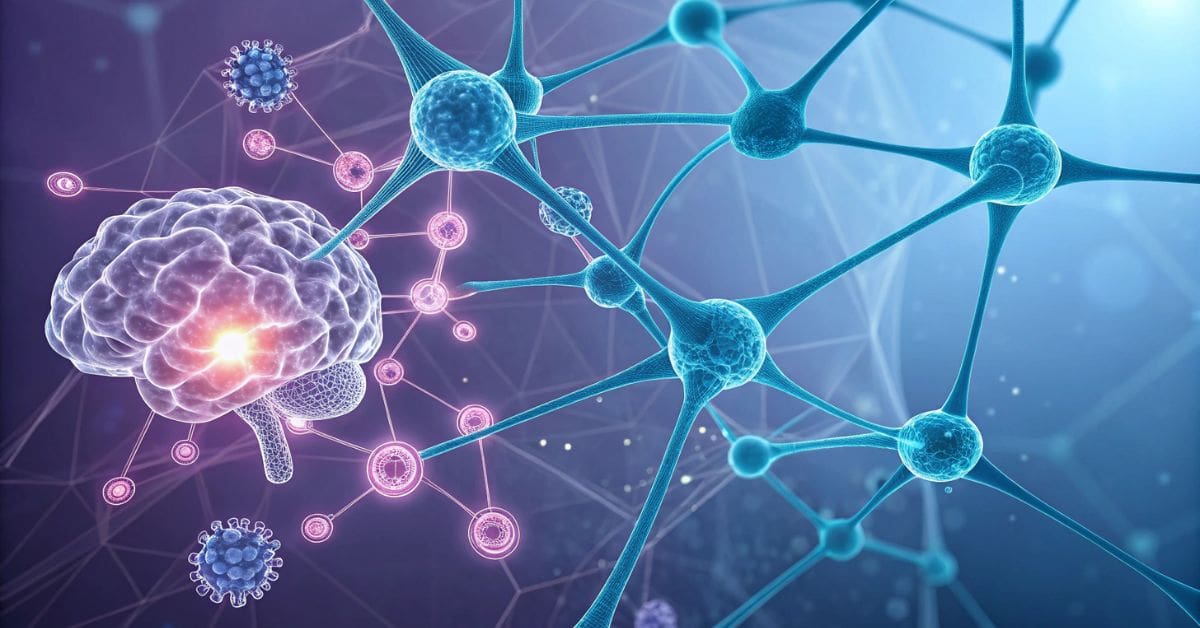“Zack Snyder’s Justice League” stands as a monumental achievement in the realm of superhero cinema. This film’s journey from conception to release is a testament to the resilience of its creators and the unwavering support of its fanbase. Central to this narrative are director Zack Snyder and screenwriter Chris Terrio, whose collaborative efforts have profoundly shaped the film’s trajectory.
What really happened behind the scenes of Justice League? The clash of creative visions, studio interference, and a fan movement that changed everything—discover the untold story of Zack Snyder and Chris Terrio.
The Genesis of “Justice League”
The inception of “Justice League” was rooted in the ambition to create a cohesive universe for DC’s iconic superheroes. Following the mixed reception of “Batman v Superman: Dawn of Justice,” Snyder and Terrio were tasked with crafting a narrative that would unite these legendary characters while addressing previous criticisms.
Read Also: Lisakowww 4archive – The Future Of Web Preservation!
Chris Terrio’s Vision for the Script
Chris Terrio, renowned for his Academy Award-winning work on “Argo,” approached the “Justice League” script with a focus on depth and character development. He aimed to explore the intricate psyches of each hero, ensuring that their motivations and arcs resonated with audiences. Terrio’s dedication to authenticity is evident in his commitment to preserving the integrity of the characters’ journeys.
Challenges During Production
Zack Snyder’s Departure
Zack Snyder had to step away from the project due to a personal family tragedy. His departure left the film’s completion in the hands of Warner Bros. and a new director. This shift significantly impacted the film’s direction and tone.
Joss Whedon’s Involvement
Joss Whedon was brought in to complete the film, leading to extensive reshoots. His approach introduced a lighter tone and comedic elements that contrasted with Snyder’s vision. These changes resulted in a final product that felt inconsistent to many fans.

Studio Interference
Warner Bros. imposed strict mandates, including a two-hour runtime limit. This restriction led to the removal of key character developments and subplots. The studio’s influence further distanced the theatrical cut from Snyder and Terrio’s original narrative.
Cast and Crew Discontent
Several cast and crew members later spoke out about the difficulties during reshoots. Reports surfaced of a toxic work environment under Whedon’s direction. These revelations contributed to calls for the release of Snyder’s original cut.
The Theatrical Release and Its Aftermath
The 2017 theatrical release of Justice League disappointed both critics and fans. Major changes from Zack Snyder’s vision led to a fragmented story and underdeveloped characters. The lighter tone and missing depth made the film feel incomplete.
Chris Terrio condemned the final cut, calling it an “act of vandalism.” He felt the edits ruined the story’s coherence and stripped away key character arcs. His frustration was so deep that he considered removing his name from the project.
The #ReleaseTheSnyderCut Movement
- Fan Movement – Dedicated fans launched the #ReleaseTheSnyderCut campaign to restore Zack Snyder’s vision. Their relentless efforts kept the conversation alive for years.
- Social Media Impact – The hashtag trended globally, gaining support from celebrities and industry insiders. Twitter, Facebook, and Instagram became key platforms for advocacy.
- Warner Bros. Response – Initially dismissing the movement, the studio later acknowledged the demand. Growing pressure and fan persistence led to reconsideration.
- Financial Contributions – Supporters raised funds for billboards, ads, and even charity efforts. Their commitment demonstrated the movement’s seriousness and influence.
- HBO Max Decision – Warner Bros. ultimately partnered with HBO Max to release the Snyder Cut. The movement’s success proved how fan campaigns can shape Hollywood decisions.
Read Also: Search Box Optimization ByRankStar – Boost Your Results Now!
The Realization of the Snyder Cut
Acknowledging the overwhelming demand, Warner Bros. greenlit the release of “Zack Snyder’s Justice League.” This version, unveiled on HBO Max in 2021, restored the depth, character arcs, and narrative complexity that were initially envisioned. The Snyder Cut offered audiences a more immersive and cohesive experience, aligning closely with the original script crafted by Snyder and Terrio.
Character Development Under Terrio’s Pen
One of the standout aspects of the Snyder Cut is its enriched character development:
- Cyborg (Victor Stone): Terrio delved into Cyborg’s backstory, portraying his struggles with identity and acceptance. This nuanced portrayal positioned Cyborg as the emotional core of the film.
- The Flash (Barry Allen): The script expanded on Barry’s motivations, highlighting his relationship with his father and his evolution into a hero capable of altering time.
- Aquaman (Arthur Curry) and Wonder Woman (Diana Prince): Both characters received deeper explorations of their backgrounds and internal conflicts, adding layers to their on-screen personas.
Visual Storytelling and Cinematic Excellence
Zack Snyder’s distinctive visual style is prominently showcased in the Snyder Cut:
- Cinematography: The use of a 4:3 aspect ratio pays homage to IMAX presentations, offering a grandiose and immersive viewing experience.
- Action Sequences: Snyder’s signature slow-motion techniques and meticulously choreographed battles enhance the epic nature of the story.
- Color Palette: A darker, more somber tone permeates the film, aligning with the narrative’s gravity and depth.
The Restoration of Key Villains
The Snyder Cut reintroduces and amplifies the roles of pivotal antagonists:
- Steppenwolf: The character undergoes a significant redesign, presenting a more formidable and complex adversary.
- Darkseid: Originally omitted from the theatrical release, Darkseid’s presence looms large, setting the stage for potential future confrontations and expanding the DC Universe’s mythos.
Chris Terrio’s Reflections on the Snyder Cut
With the release of the Snyder Cut, Chris Terrio felt a sense of justice. He was relieved that fans could finally see the true version of the story he helped create. This version stayed true to the original vision without interference.

Terrio highlighted the struggles of working in a studio-controlled system. He believed the Snyder Cut proved why creative freedom is important. For him, the film’s success was proof that fans and filmmakers deserve a voice.
The Cultural Impact of “Zack Snyder’s Justice League”
The journey of the Snyder Cut has left an indelible mark on the entertainment industry:
- Fan Empowerment: The successful campaign demonstrated the influence of dedicated fanbases in shaping media narratives and studio decisions.
- Artistic Authenticity: The release highlighted the significance of preserving creators’ original visions, sparking discussions about artistic control in Hollywood.
- Streaming Platforms: The film’s debut on HBO Max signified a shift in distribution models, showcasing the potential of streaming services to deliver high-demand content directly to audiences.
The Legacy of Snyder and Terrio’s Collaboration
- Narrative Depth – Snyder and Terrio brought rich, layered storytelling to superhero films, making characters more complex and engaging.
- Emotional Impact – Their work focused on deeper character arcs, allowing audiences to connect with heroes on a more personal level.
- Visual Excellence – Snyder’s signature cinematography, combined with Terrio’s storytelling, created a visually stunning and immersive cinematic experience.
- Influence on Future Films – Their collaboration set a new standard for superhero movies, inspiring future filmmakers to embrace bold storytelling choices.
Frequently Asked Questions:
What are the major differences between the Snyder Cut and the theatrical version?
The Snyder Cut has a darker tone, extended character arcs, improved CGI, and features Darkseid, who was missing in the theatrical release.
Why did Zack Snyder leave the original Justice League production?
Snyder left due to a personal family tragedy, and Joss Whedon was brought in, making major changes to the film.
What role did the #ReleaseTheSnyderCut movement play?
Fans on social media pushed for Zack Snyder’s original vision, leading Warner Bros. to release it on HBO Max in 2021.
How does Chris Terrio feel about the theatrical cut?
Terrio called it an “act of vandalism,” criticizing how it destroyed the depth and coherence of his script.
Conclusion:
Zack Snyder and Chris Terrio’s collaboration on Justice League left a lasting impact on superhero cinema. Despite the challenges, their vision was ultimately realized with the Snyder Cut, showcasing deeper storytelling and character development. The fan-driven #ReleaseTheSnyderCut movement proved the power of audience demand in shaping media. Their work continues to be a testament to creative integrity, influencing future filmmaking in the genre.
Read Also:




